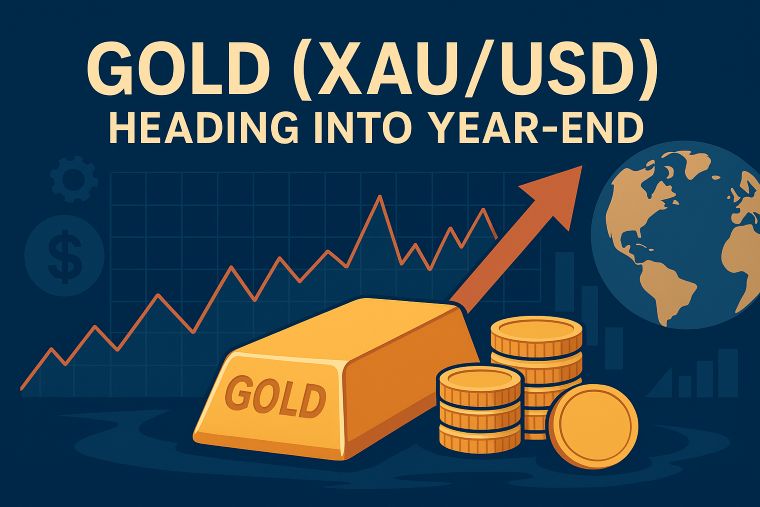2 min to read
The USDJPY decline has paused and attention is shifting to the Turkish lira
the dollar yen rate softened in response to the previous day's dollar strength and yen weakness.

“The USDJPY decline has paused and attention is shifting to the Turkish lira”
In the Tokyo foreign exchange market, the afternoon session witnessed a stabilization of the dollar yen exchange rate after a period of decline. The previous day’s concerns regarding the US debt ceiling issue eased, resulting in a strengthening of the dollar and a corresponding weakening of the yen, pushing the exchange rate to reach the 137.70 range. However, during the early Tokyo session, the dollar yen rate softened in response to the previous day’s dollar strength and yen weakness, experiencing a temporary decline to approximately 137.29. Subsequently, with the notable surge in the Nikkei average, a preference for selling yen due to increased risk appetite prevailed, causing the exchange rate to rise to around 137.74, marking the day’s peak.
Meanwhile, the euro yen exchange rate exhibited fluctuations around the 149 yen level. In the morning, following a period of selling attributed to position adjustment, the rate briefly dropped below 149 yen before settling within the lower range for the day. As for the euro dollar exchange rate, it gradually weakened throughout the afternoon, briefly touching around 1.0827.
Regarding the Australian dollar, the downward movement paused. Following the release of Australia’s weak April employment statistics in the morning, speculations about additional interest rate hikes by the Reserve Bank of Australia diminished. Consequently, the Australian dollar against the US dollar declined to approximately 0.6632, and the Australian dollar against the yen fell to around 91.10 before displaying signs of stabilization.
Turning to Turkey, the recent presidential election demonstrated that the incumbent candidate, Mr. Erdogan, garnered a higher vote percentage compared to his rival, Mr. Imamoglu. However, Mr. Erdogan did not meet the requirement for an outright victory, which necessitates obtaining a majority. Consequently, a runoff vote between the two candidates is scheduled for the 28th, with the final results expected to be announced on the 29th.
Given Mr. Erdogan’s comeback despite being slightly behind in pre election polls, many anticipate that he will have the advantage in the runoff vote. Furthermore, the ruling party coalition led by Mr. Erdogan securing a majority in the simultaneous parliamentary election is believed to further bolster his position. This belief stems from the notion that voters who disapprove of political gridlock are likely to avoid voting for the opposition’s unified candidate, Mr. Imamoglu.
For Mr. Imamoglu to achieve a reversal of fortune and win the election, he needs to secure the support of Mr. Aksener, who ranked third in the initial round of voting. With a vote share of 5.17%, there exists a mathematical possibility for a turnaround. However, Mr. Aksener, an ultranationalist and right wing candidate, has expressed concerns about Mr. Imamoglu’s cooperation with the Kurdish political party representing a minority group. While Mr. Aksener’s secularist ideology is entirely at odds with Mr. Erdogan’s, it remains uncertain whether he will offer his support to Mr. Imamoglu.
Visit XM Official Website.

